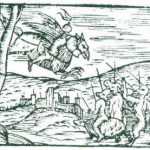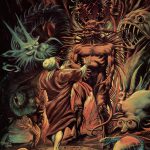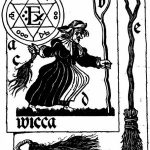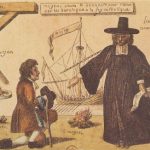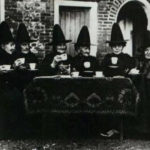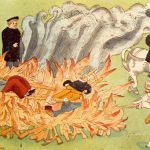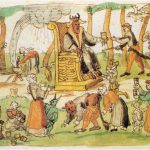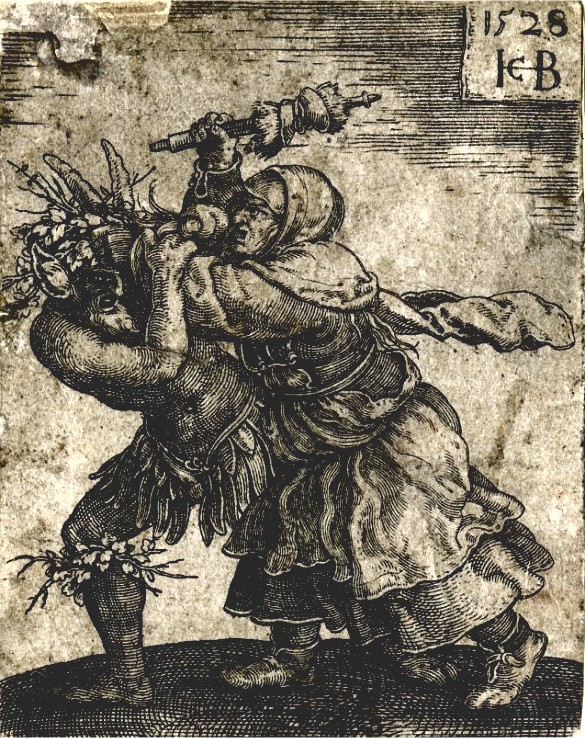
The Benandanti (“Good Walkers”) is a sect of Northern Italy that probably existed in the 16th and 17th centuries. Being born with a caul (the amniotic sac) was the selective mark. On Thursdays during the Ember days, periods of fasting for the Catholic Church, the Benandanti claimed to travel out of their bodies while asleep in the shape of mice, cats, rabbits, or butterflies to struggle against evil witches (streghe) in order to ensure good crops for the season to come.
The Benandanti men fought with fennel stalks, while the witches were armed with sorghum stalks (sorghum was used for witches’ brooms, and the “brooms’ sorghum” was one of the most current type of sorghum). If the men prevailed, the harvest would be plentiful.
Between 1575 and 1675 the Benandanti were tried as heretics under the Roman Inquisition and assimilated to the diabolised stereotype of the witches’ Sabbath, leading to the extinction of the cult. The Benandanti denied using the same practices as witches as well as going to Sabbath. They claimed that they did not use flying ointments, as did witches.
In his 1966 book, The Night Battles, Italian historian Carlo Ginzburg proposed a new theory that the rituals and practices of the benandanti, provided many of the traditional ideas about witches.
According to Carlo Ginzburg Ecstasies: Deciphering the Witches’ Sabbath, the themes associated with the Benandanti (leaving the body in spirit, possibly in the form of an animal; fighting for the fertility of the land; banqueting with a queen or goddess; drinking from and soiling wine casks in cellars) are found repeated in other testimonies: from the armiers of the Pyrenees, from the followers of Signora Oriente in 14th century Milan and the followers of Richella and ‘the wise Sibillia’ in 15th century Northern Italy, and much further afield, from Livonian werewolves, Dalmatian kresniki, Hungarian táltos, Romanian calusari and Ossetian burkudzauta.

